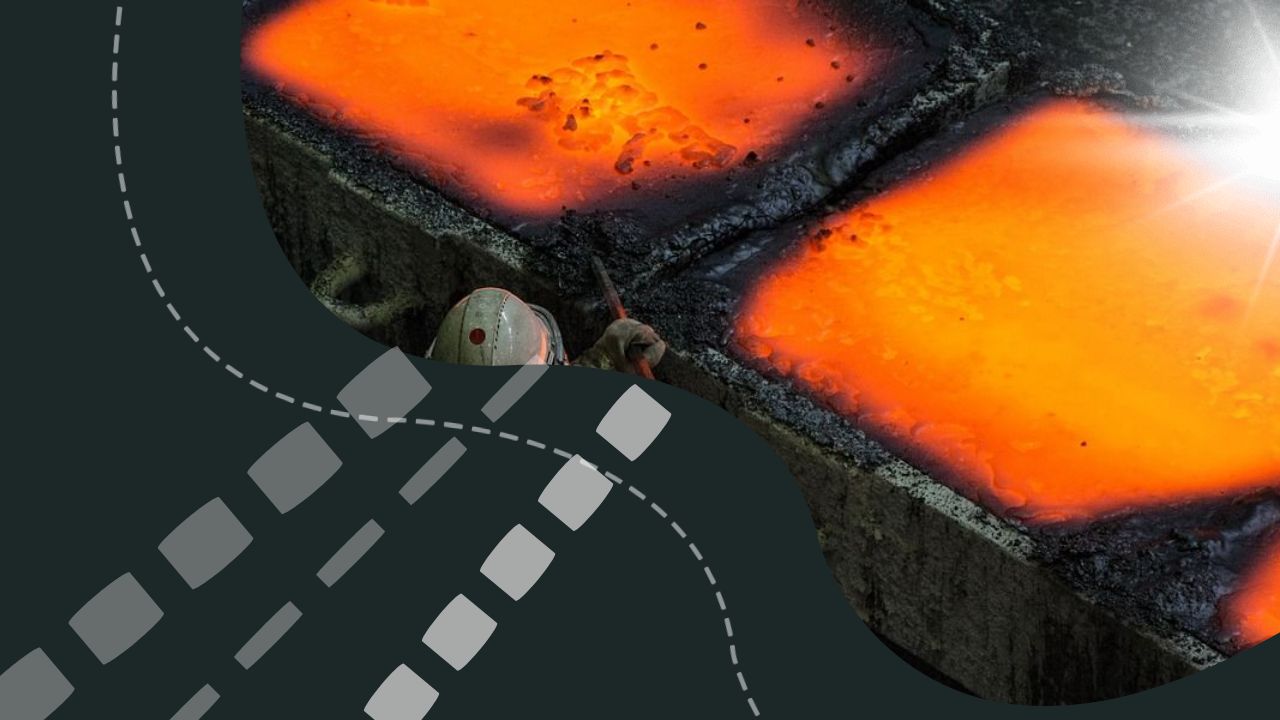The Ministry of Industry and Infrastructure Development of Kazakhstan has published several electronic versions of subsoil use contracts, particularly for solid minerals, for the convenience of subsoil users. This documentation is available on the ministry’s website without detailed appendices, such as work programs, according to inbusiness.kz.
Since the beginning of June, the relevant ministry has published 12 subsoil use contracts, including those for gold extraction at the Maikain “C” deposit (Pavlodar Region), copper-molybdenum ores at the Shatyrkul deposit (Zhambyl Region), copper and polymetallic ores at the Sokyrkoy deposit (Karaganda Region), gold-copper-polymetallic ores at the Abyz deposit (Karaganda Region), polymetallic ores at the Akbastau deposit (now Abay Region), copper ores at the Konrad, Sayak-1, and Tastau deposits (Karaganda Region), copper-containing ores of the Zhilandy group deposits (now Ulytau Region), polymetallic ores at the Kosmurun deposit (now Abay Region), the development of the Zhezkazgan copper ore deposit (now Ulytau Region), exploration and extraction of copper, gold, and associated metals on the territory of the Zhezkazgan Basin within the Sorukduk-Zhartas, Prisarysuisky, and Zhaman-Aibat sites (now Ulytau Region), exploration and development of the Nurkazgan gold-copper ore deposit (Karaganda Region), as well as exploration of copper, gold, and by-product components in the Spasskoye copper ore zone (Karaganda Region).
In the press service of the Ministry of Industry, inbusiness.kz explained that the contracts are being published at the request of the Subsoil Use Department to facilitate the use of subsoil resources.
Earlier in July, echo.kz reported that the former Ministry of Industry and Infrastructure Development had begun publishing subsoil use contracts for solid minerals. These contracts were disclosed with tracking changes but without appendices, according to the public association “Echo.” At the beginning of June, 11 subsoil use contracts for solid minerals were disclosed at that time.
Civil society in Kazakhstan, particularly those involved in the Extractive Industries Transparency Initiative (EITI), played an important role in the publication of this data. They have engaged in negotiations with representatives of government bodies for a long time, advocating for the publication of contracts in line with the requirements of the EITI and Kazakh legislation, according to a statement from the non-governmental organization.
Based on publicly available information, Kazakhstan has hundreds of subsoil use contracts for solid minerals, so the Ministry of Industry and Infrastructure Development still has a substantial amount of work ahead to publish them. The correspondent from inbusiness.kz could not find any published contracts for uranium, oil, and gas extraction on the Ministry of Energy’s website.

